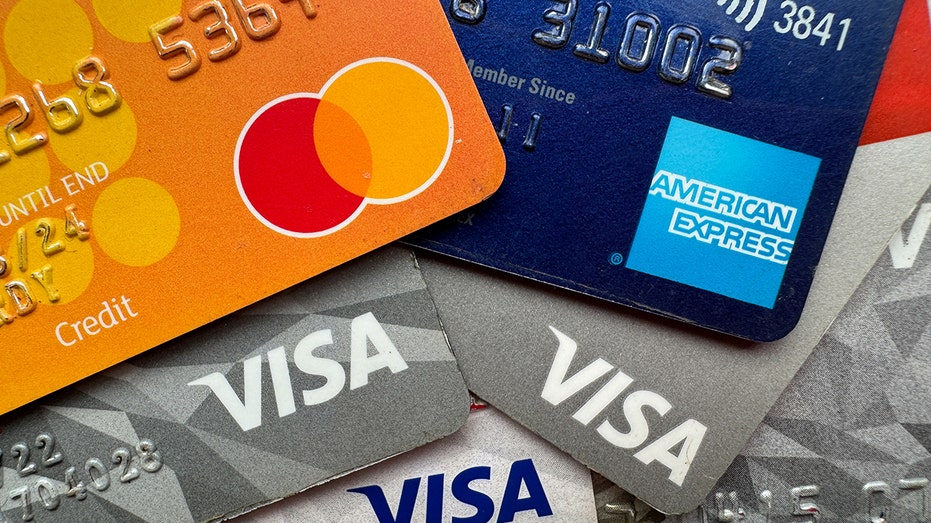
Americans Drowning in Record Household Debt Amid Financial Strain
Americans racked up more debt at the beginning of 2024 – and a growing number of households fell behind on payments for several types of loans, according to a New York Federal Reserve report published Tuesday.
In the first three months of 2024, total household debt surged to a fresh record of $17.69 trillion, an increase of $184 billion, or 1.1% from the previous quarter. The increase mostly stemmed from a jump in mortgage balances, which rose $190 billion from the previous quarter to $12.44 trillion at the end of March.
Auto loan balances rose slightly by $9 billion, continuing the upward climb seen since 2020, and now stand at $1.62 trillion. But credit card balances fell by $14 billion to $1.12 trillion – near a record high – as consumers worked to pay down their debt following the holiday shopping season.

The report also showed a notable increase in the number of borrowers who are struggling with credit card, student and auto loan payments.
As of March, about 3.2% of outstanding debt was in some stage of delinquency, up from the 3.1% recorded the previous quarter but still down from the average 4.7% rate seen before the COVID-19 pandemic began. The transitions into delinquency, particularly serious delinquency in which a balance is more than 90 days overdue, rose across all debt types.
"In the first quarter of 2024, credit card and auto loan transition rates into serious delinquency continued to rise across all age groups," said Joelle Scally, regional economic principal within the Household and Public Policy Research Division at the New York Fed. "An increasing number of borrowers missed credit card payments, revealing worsening financial distress among some households."
Credit card delinquencies continued to rise from their pre-pandemic levels in the first quarter. In fact, the percentage of credit card balances in serious delinquency climbed to its highest level since 2012.
The rise in debt is particularly concerning because interest rates are astronomically high right now. The average credit card annual percentage rate, or APR, is hovering around 20.66%, near a record high, according to a Bankrate database that dates back to 1985. The previous record was 19% in July 1991.
If people are carrying debt to compensate for steeper prices, they could end up paying more for items in the long run. For instance, if you owe $5,000 in debt – which the average American does – current APR levels would mean it would take about 277 months and $7,723 in interest to pay off the debt making the minimum payments.

The rise in balances comes after the Federal Reserve raised interest rates to a 23-year high in a bid to crush inflation and cool the economy.
Although inflation has cooled considerably in recent months, it remains up 3.5% compared with the same time one year ago, according to the most recent Labor Department data.
The inflation spike has created severe financial pressures for most U.S. households, which are forced to pay more for everyday necessities like food and rent. The burden is disproportionately borne by low-income Americans, whose already-stretched paychecks are heavily affected by price fluctuations.
This article originally appeared on Fox Business










